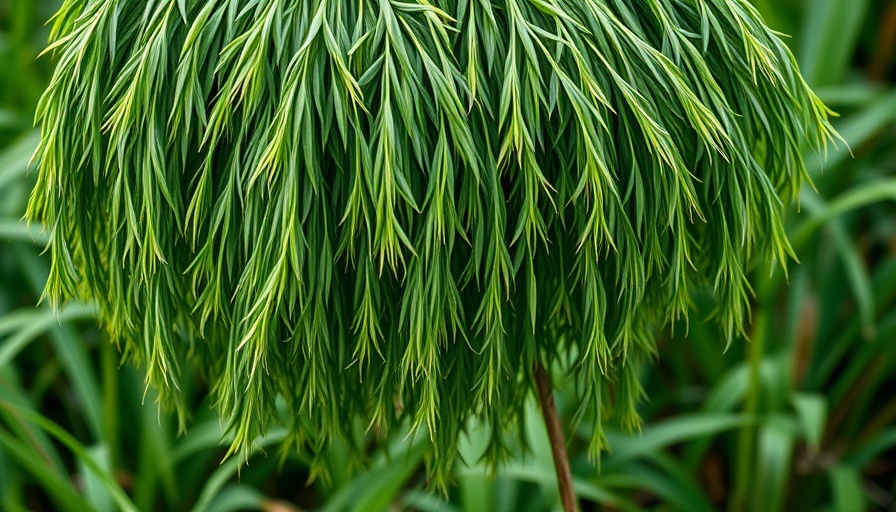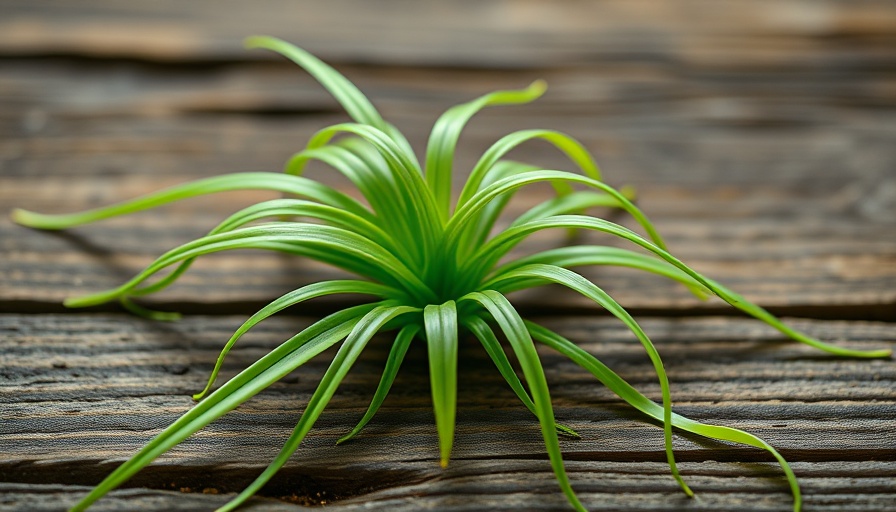
Understanding Deep-Root Fertilization for Healthier Trees
Deep-root fertilization is increasingly gaining attention among homeowners as a vital practice for maintaining strong and healthy trees. This agricultural technique directly addresses the root system, promoting overall vitality, which is crucial for trees that enhance property value and provide shade and beauty.
The Science Behind Deep-Root Fertilization
Deep-root fertilization is based on the principle that tree roots require specific nutrients to thrive, yet they often struggle to access them in conventional soil treatments. By delivering nutrients directly into the root zone, typically 8-12 inches underground, this method ensures that vital elements like nitrogen, phosphorus, and potassium are readily available for uptake. The process not only nurtures the trees but also encourages deeper root growth, leading to better stability and drought resistance.
Economic and Environmental Benefits
For homeowners invested in landscape aesthetics and property value, the financial benefits of deep-root fertilization can be significant. Healthy trees can increase property values by 15-20%, according to some studies. Additionally, deep-root fertilization translates into wider environmental advantages. Trees play a critical role in carbon sequestration, provide habitats for wildlife, and contribute to improved air quality. Healthy trees can also reduce energy costs by providing shade and lowering cooling needs in summer.
Common Myths Debunked
Despite its merits, misconceptions about deep-root fertilization persist among homeowners. Some believe this technique is only necessary for older trees or that it can harm tree health. In reality, younger trees can greatly benefit from nutrient-rich soil as it helps establish a solid foundation for later growth. Additionally, when applied correctly by professionals, deep-root fertilization poses minimal risk and serves to enhance tree vitality, ensuring trees reach their full potential.
Implementing Deep-Root Fertilization Effectively
Implementing deep-root fertilization requires expertise and careful planning. The process typically involves using specialized equipment to inject fertilizers at targeted depths. Professional arborists are adept at assessing tree health and soil conditions to decide the best fertilization technique. Homeowners should consider scheduling these services during the tree's active growth season for optimal results.
Frequently Asked Questions (FAQ)
How often should deep-root fertilization be performed?
Experts generally recommend fertilizing trees every three to five years, depending on species, soil quality, and current tree health. Regular assessments by a certified arborist can help ascertain the right intervals.
What types of trees benefit most?
While nearly all trees can benefit from deep-root fertilization, species that are particularly sensitive to nutrient deficiencies, such as oaks and maples, often show significant improvement.
Can I do this myself?
Homeowners can attempt DIY fertilization, but it's advisable to seek professional assistance for deep-root methods. Arborists not only have the right tools but also the knowledge required to achieve the safest and most effective results.
Turning Knowledge into Action
Deep-root fertilization presents a vital opportunity for tree care enthusiasts looking to enhance their landscapes. By investing in this service, homeowners contribute to creating healthier urban ecosystems while directly increasing their property values. Engaging a trusted arborist to discuss deep-root fertilization can pave the way for beautiful, long-lasting trees in your yard. For residents eager to start caring for their trees, reaching out for a consultation is a proactive first step toward a thriving landscape.
 Add Row
Add Row  Add
Add 




 Add Row
Add Row  Add
Add 

Write A Comment